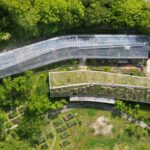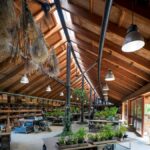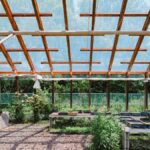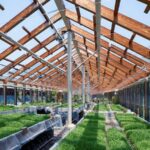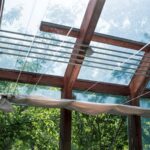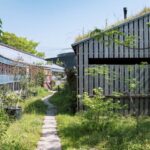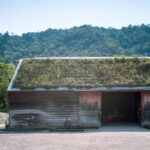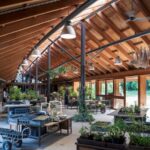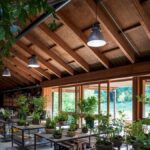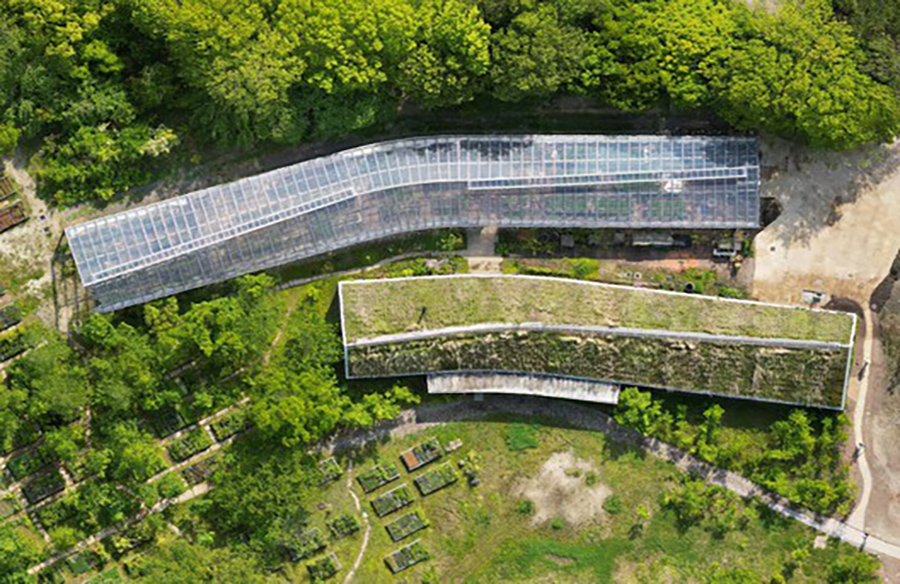
A Vision of Coexistence
Nestled at the foot of Mt. Hachiman near Lake Biwa in Omihachiman City, Shiga Prefecture, lies La Collina Omihachiman, a project by the Taneya Group aimed at harmonizing with the natural environment. This endeavor seeks to create a space where human activity seamlessly integrates with the surrounding landscape.
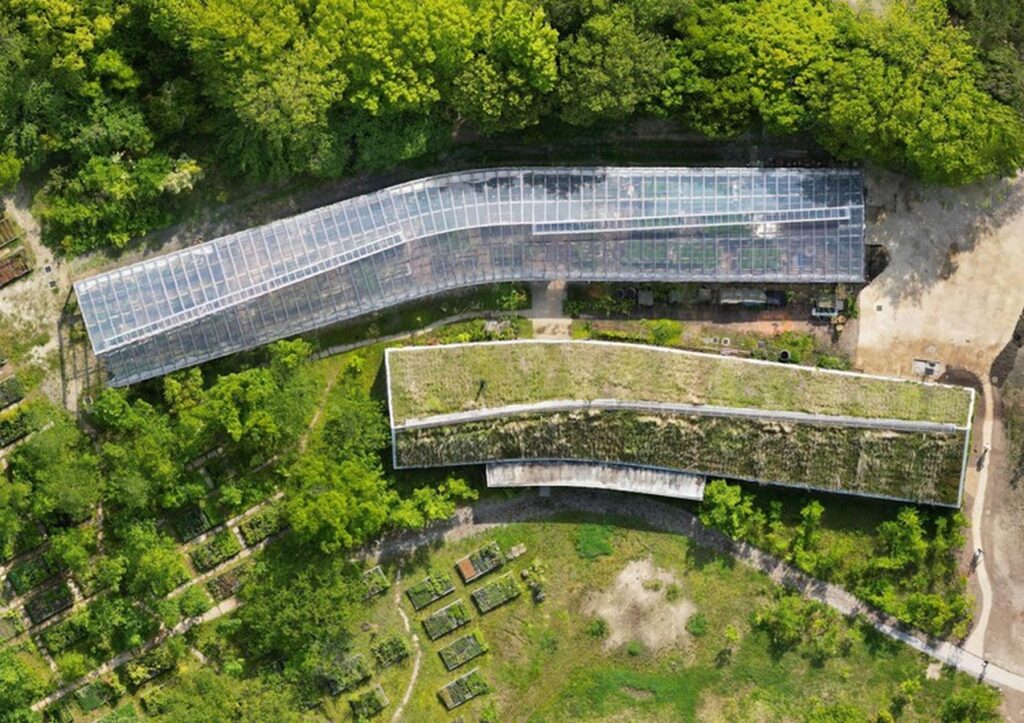
Architectural Sensibilities
Designed by Terunobu Fujimori, the “Candy Farm / Tanaya Agri-Culture” stands as one of the initial structures completed on the project site. Inspired by Japanese confectionery, the architectural concept mirrors the delicate handling of natural ingredients, manifesting in a building that embodies the essence of its surroundings.

Purpose and Functionality
Functioning as the base for “Candy Farm / Tanaya Agri-Culture,” this facility plays a pivotal role in the cultivation, arrangement, and potting of wildflowers destined for confectionery stores nationwide. Its organic shape, reminiscent of a wooden work shed, blends harmoniously with the surrounding trees and terrain, creating a seamless integration with nature.

Materials and Evolution
Utilizing materials such as grass roof, wooden plank walls, and bare iron, the building evolves over time alongside its natural surroundings. Adjacent to the main structure stands a cultivation building, characterized by its contrast in space, color, and lighting quality, yet unified in form with the main building.

Landscape Integration
The landscape design endeavors to establish a symbiotic relationship between the building and the nearby satoyama resources, including bamboo groves, trees, and wildflowers. Bamboo chip pavements, forest plantations, and grass roofs contribute to a cohesive integration with the surrounding environment.
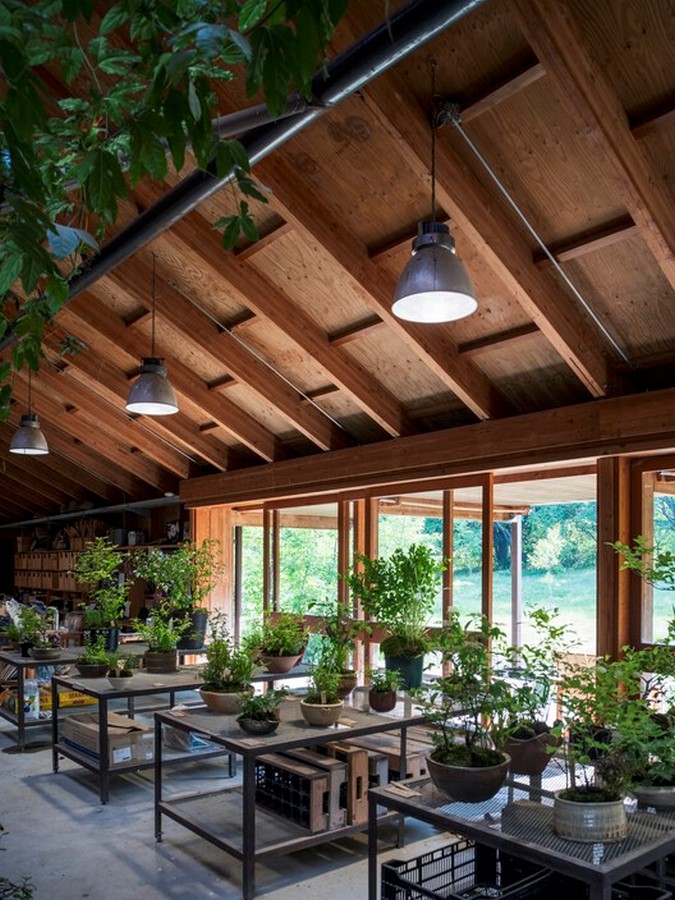
A Testament to Time
Nearly a decade since its completion, Candy Farm has witnessed the gradual blending of bamboo chips into the soil, the growth of surrounding trees, and the flourishing vegetation on its grass roof. This ongoing collaboration between nature and human intervention exemplifies the pursuit of an ideal balance between architecture and the natural landscape of Omihachiman.




